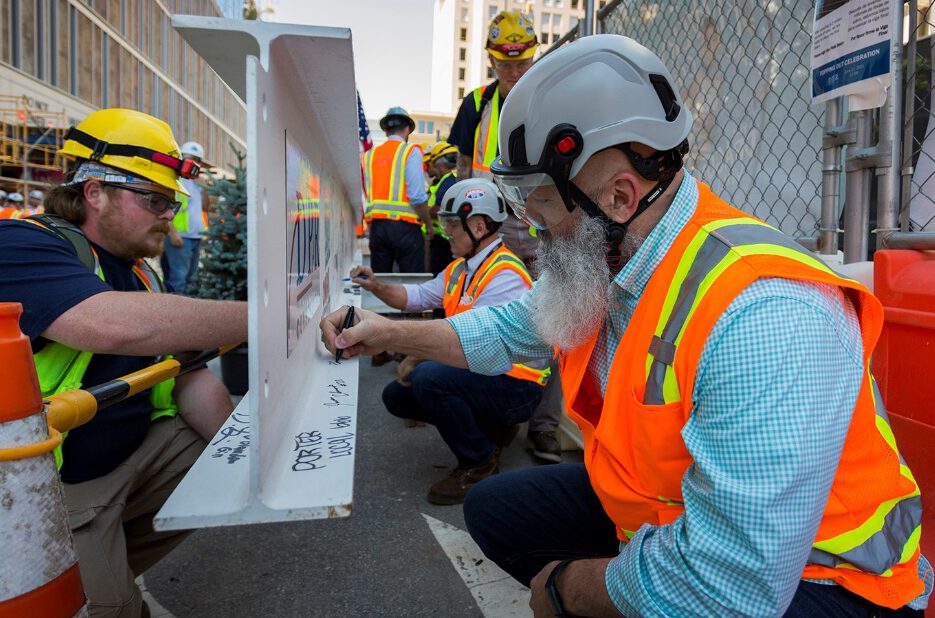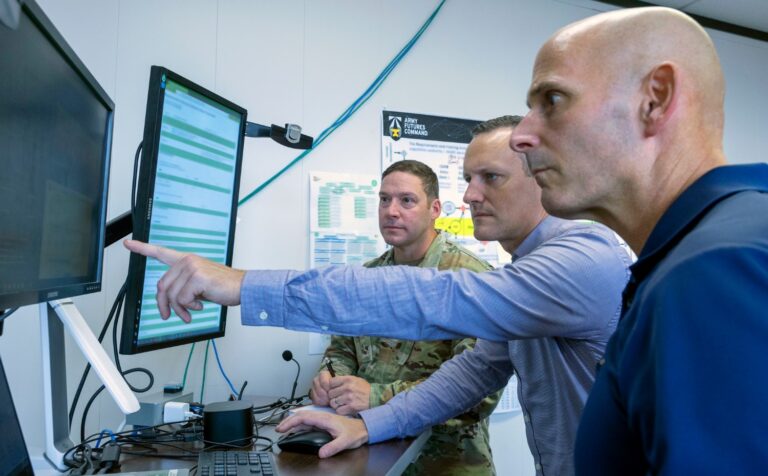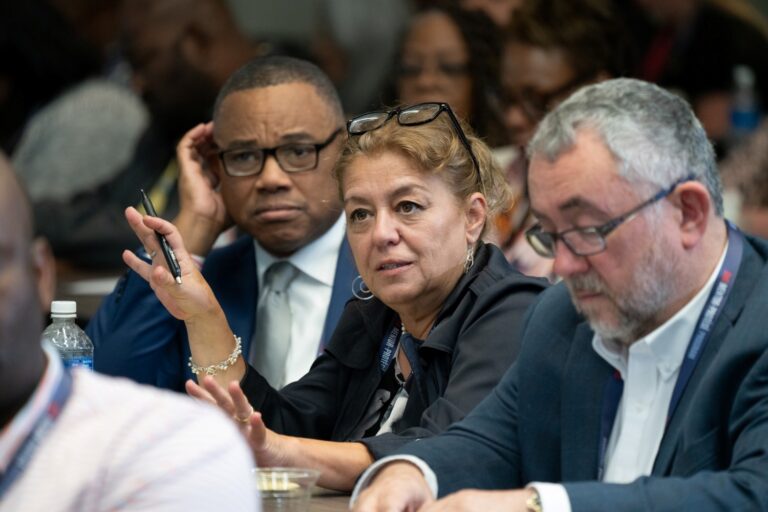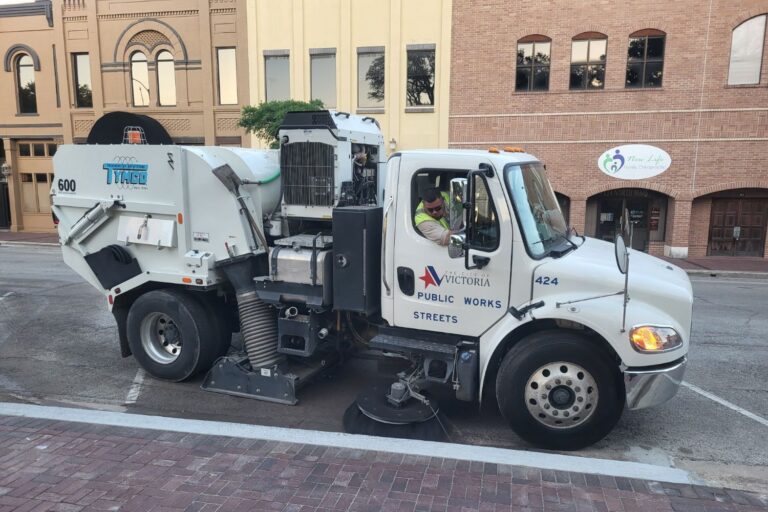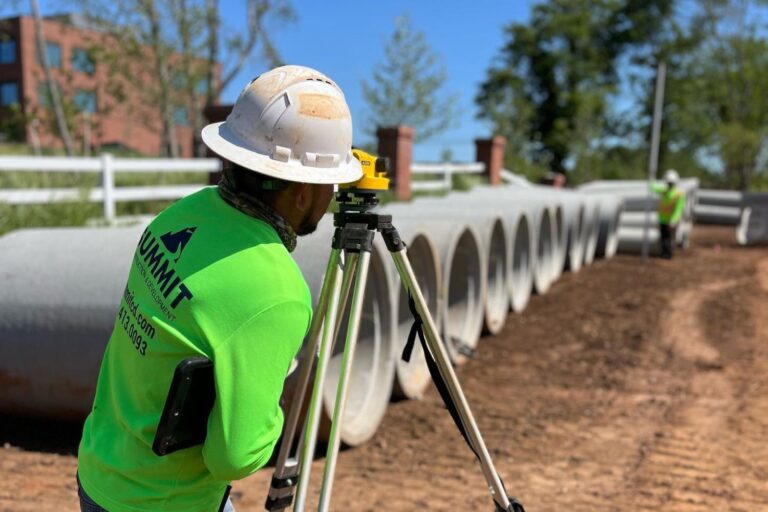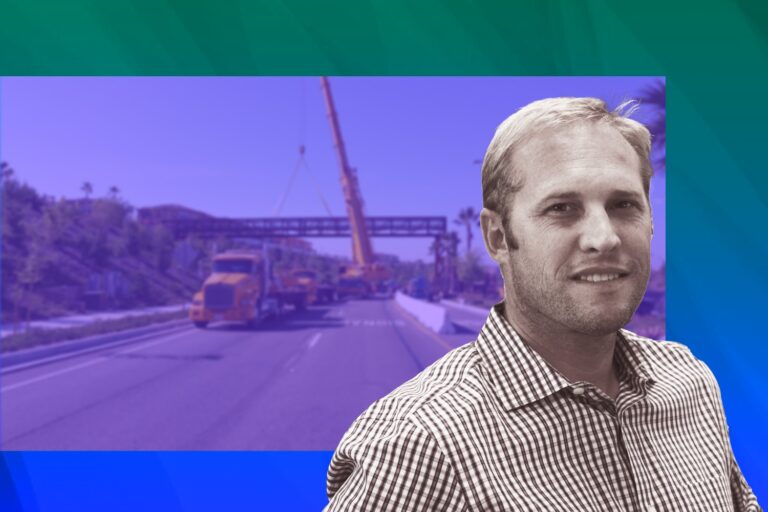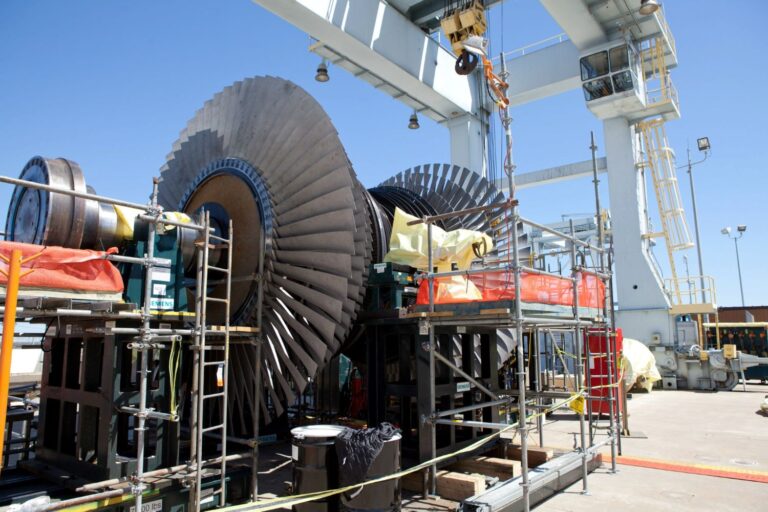How ‘No Titles, No Ties’ Has Successfully Fostered a Leading-edge Culture at DPR?
Stand as one of the nation’s leading technical builders, DPR Construction is California-based commercial general contractor and construction management firm. Till today, the firm is still privately held and has around 28 offices throughout the nation.
Company head Doug Woods, former CEO Peter Nosler, and secretary and treasurer Ron Davidowski – the D, P, and R in DPR Construction – founded the firm in 1990. Woods says he learned from his boss that he would never rise high enough to lead the construction firm he had worked for 15 years. So, the three friends and co-workers quitted to start their own company.
A Culture of No Titles, No Ties and No Org Charts
Since its founding in July 1990, the founders have encouraged its workers to take the lead. Now, celebrating its 31st year, the firm continues to nurture the employee-owned spirit via a phantom stock program that ties compensation to company profits and individual performance.
At the time of founding, most people thought of construction as more of a manufacturing-style business. But “it’s not; It’s a service business,” says Nosler. And in service, you have to make sure employees at all range carry the same mission of serving clients, everyone’s ideas and perspectives should be taken seriously and equally.
In order to prevent power struggles, the founders devised a buy-sell agreement that would bar shareholders from divesting stock to anyone outside the company. Every employee with equity is required to sell his stake back to the company beginning at age 60.

More from this culture, titles are even eliminated from business cards. “People here have roles and responsibilities rather than titles,” Woods explains, although he serves as president and Nosler as CEO, the two share responsibilities with Secretary Davidowski and three other members of the management team. “We’ve really worked hard to have a flat organization where people’s intelligence should decide what the right course should be,” Davidowski says.
Around 2014, Woods plans to step back from day-to-day management and transitioning the company’s leadership to a new set of people, however, he expects the company’s democratic culture will remain. “No titles, no ties, no org chart,” Woods expresses on an interview with BizJournal. It is when you start putting labels on employees, it puts restrictions or limitation on what they think they can do and on what others think they can do. This approach allows them greater latitude to collaborate.
Nosler says the genesis for that approach came from his previous work experiences. Most of them, he says, has just little or no access to senior level people and decision were typically influenced by the bottom-line. Therefore, if you wanted to be an organization of a new century, you have to have new approaches and dare to put it into practice. You will never know if going against the flow would take your organization to a better place, but it worth trying because it is the fun of being a leader – blaze the trail, test the water, all of it.
“We wanted to create a completely different type of company,” Nosler says.
Founded as an employee‐owned business in 1990, DPR began its first year with a total of 11 people on staff. All 11 still work for the company, along with about 2,200 other employees, several of whom have gone from pounding nails on a construction site to become integral in the management team. This represent success, the founder says, as one underlying concept from the very beginning was to build an entrepreneurial organization, where people can continuously grow.
According to its site, DPR’s culture includes four core values: integrity, uniqueness, enjoyment, and ever‐forward vision.
Let us break down what is it this culture that make such a successful performance of today!
Understand the Gift of a Chaotic Workforce

According to CBS, only a quarter of millennials believe their employers are taking their full potential. And even though Woods and other founders are all Baby Boomers, they are also audacious advocates of the Millennials employed at his firm.
Woods recalled being interview by the president of the company back when he started out: “He asked what I wanted to do; I said I wanted his job,” Woods laughed. “I hate that where I used to work, the leader used to talk about people weren’t ready because they didn’t have enough gray hair. To hell with that! There are some really smart people out there. Work with ’em and let them help you grow.”
Woods says he do not understand much about this new generation, but to be a successful leader or team player, you do not have to thoroughly understand someone’s characteristic or traits. The point is to trust, validate and empower them, let them figure out by themselves the gifts they could bring to the table.
Employee and teammates come in different shapes, sizes and with unique gifts. It is not being the best version of similarities that someone stand out, but it is their differences. Let your talents know the gift and expertise they bring to your organization may not look like anything else in your company, but that is the innovative approach you have wanted. As leaders embrace and celebrate those gifts, others will come in trolls and offer all they have gotten.
Competition Is Best Used with Collaboration
As mentioned, the firm was founded on a ‘democratic approach’ to stress how everyone are encouraged to speak up. None of us is as smart as all of us, as the saying goes. “By putting our brainpower together,” he says, “we knew we were able to come up with better decisions.” Only by encouraging and embracing ideas that the search for more efficient ways to serve customers could prevail.
And to best leverage that mentality, the organization also adopted a competitive model in which they “keep score on lots of things.”
It appears that DPR has found a way to encourage individuals to work as a team but also to be held accountable for individual and group performance. This is a delicate balance in which the organization must cultivate trust among team members while also empowering individuals.
The key here seems to be that the competition that exists is on what DPR deems “critical success factors”—those things that make a difference in the organization and are measurable.
Change Is Good but So Is Consistency
One of the core values of DPR is continual change. Yet the organization “prizes permanence in its mission and values.” Change in this organization is deliberate—as is stability. Having a strong, unwavering mission and set of values allows an organization to assess how it will make changes in other areas and how it will work to be innovative without jeopardizing that which is at its core.
What to Learn From the Firm’s Expertise in Gobbling Healthcare Projects?
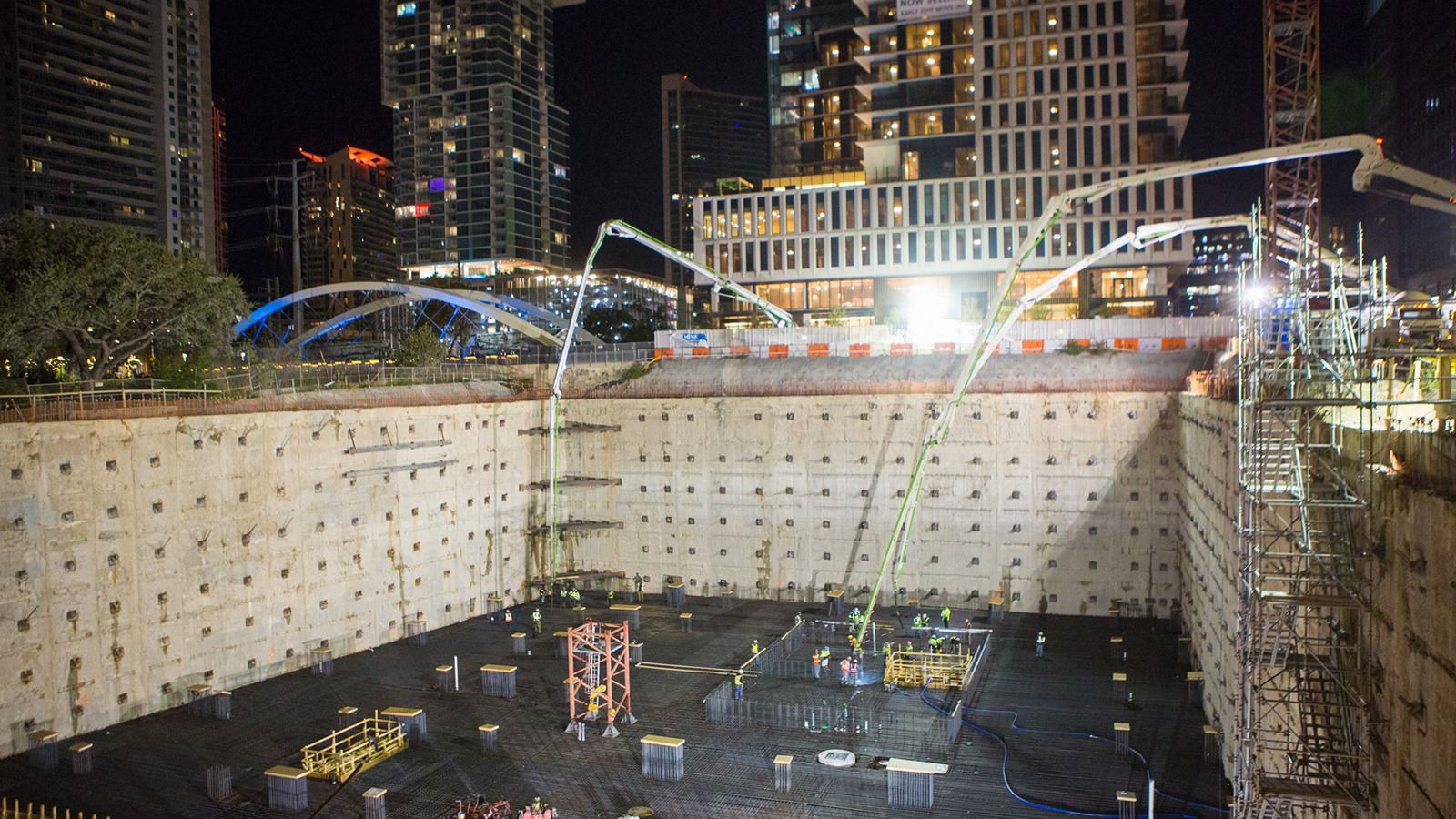
Owning a general contractor, the founder says his favorite part was to work with the end users, where you get the excitement on building and developing things that haven’t been done before. Take clients into production and through the whole process, introducing those things they have never known.
Announcing its revenue reaches $6 billion in 2019. With early clients like Hewlett Packard, AMD, American Baptist, the firm is well-known for building hospitals, universities, life science and research facilities around the country and internationally.
“We’ve grown with companies that were small like us at one time, and they’ve now evolved into big corporations. It’s still fun to work with them,” said Woods.
The firm also collaborates to develop much research on successful healthcare project to determine what they had in common and establish a template for execution. For instance, the’ Rx for a Successful Healthcare Project, Part 2’, where it had in the same year completed nine significant healthcare projects.
The firm’s recent projects include UCSF’s $1.5 billion Medical Center in Mission Bay and Facebook’s data centers in Lulea, Sweden, and in Fort Worth, Texas, in a joint venture with Fortis Construction. DPR has also worked with the University of California, Berkeley and Stanford University’s hospital.
The biggest draw of DPR is that they do a large variety of projects on healthcare and life science, says Kevin Petrillo a senior Project Manager at the firm. On an interview with Contractor Talk, Petrillo talks about his own experience in the healthcare sector.
What Are the Challenges the Firm Has Come Across to Be This Successful?
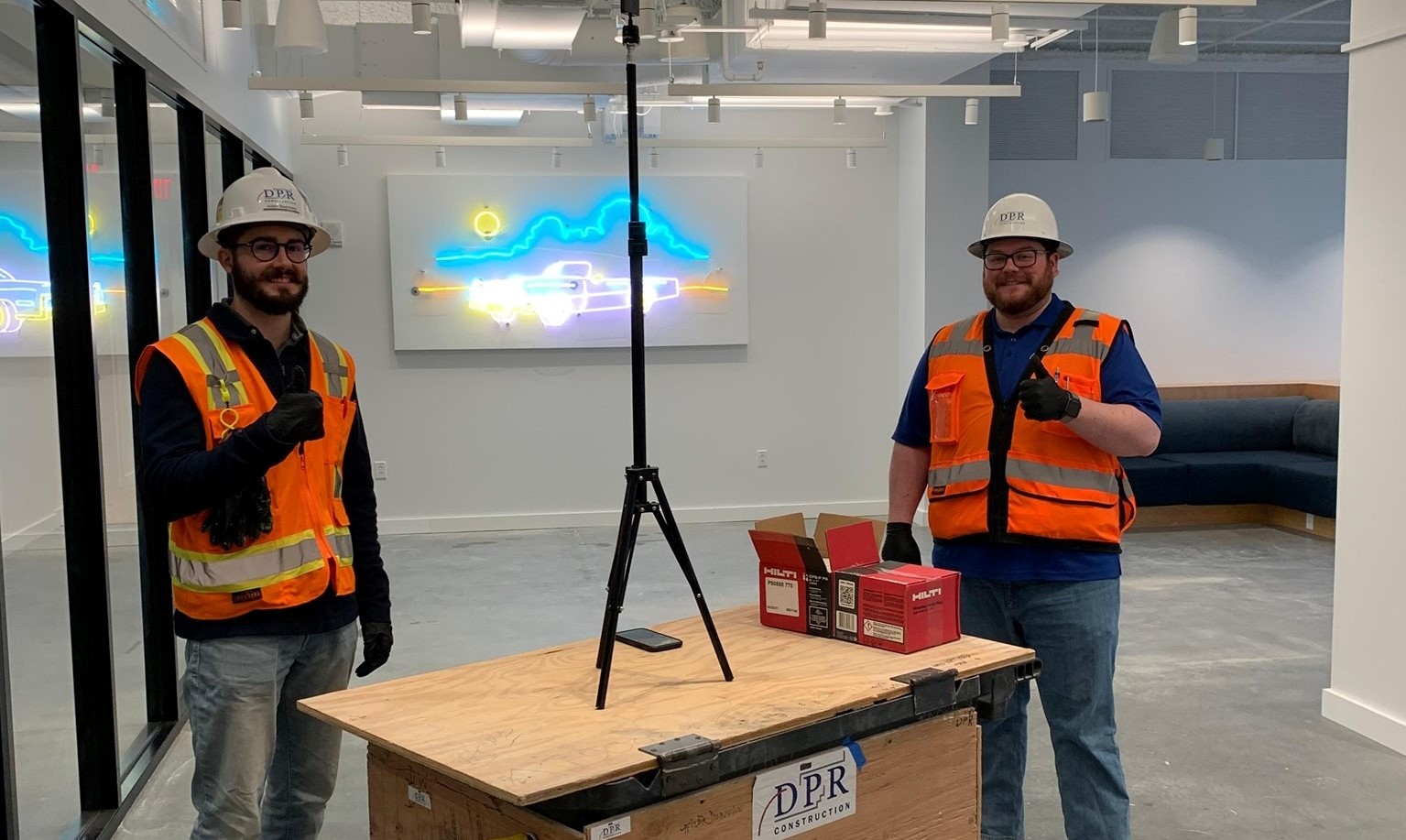
“When you are working with a hospital, you got to stay open,” the manager insists. There will be any time or days off working with these clients, it is 24/7, 365 days a year and you have to make sure that you got backups for everything. Every type of gadgets and equipment that you can think of, especially stuff that most people do not ever see, there are always backups that you need to have in a hospital.
In general, healthcare construction raises the bar–everything always has to be correct and running. There are control measures that you put on for both sides. You are not only protecting patients, but you are also protecting your construction staff, too. “The stakes are high and stressful, but it’s an exhilarating environment to work in.”
What Is the Technology the Firm Rely On?
“From my experience in healthcare, I have learned you have to be patient when making decisions,” Petrillo believes, but it is not only in this field, in all your construction projects always need to make sure your I (information) and T (technology) are crossed twice before you step over that red line.
At DPR, PlanGrid and BIM are the most used tools. The former one helps the team saves time by marking up drawings and send them over straight to subcontractor, there are no need for site trip when it comes to menial stuff. The latter one is for quality assurance and quality control, with the 3D attributes for coordination and collaboration. All of that has helped facilitate process across organization and leave the firm more time to focus on important sides of the project.
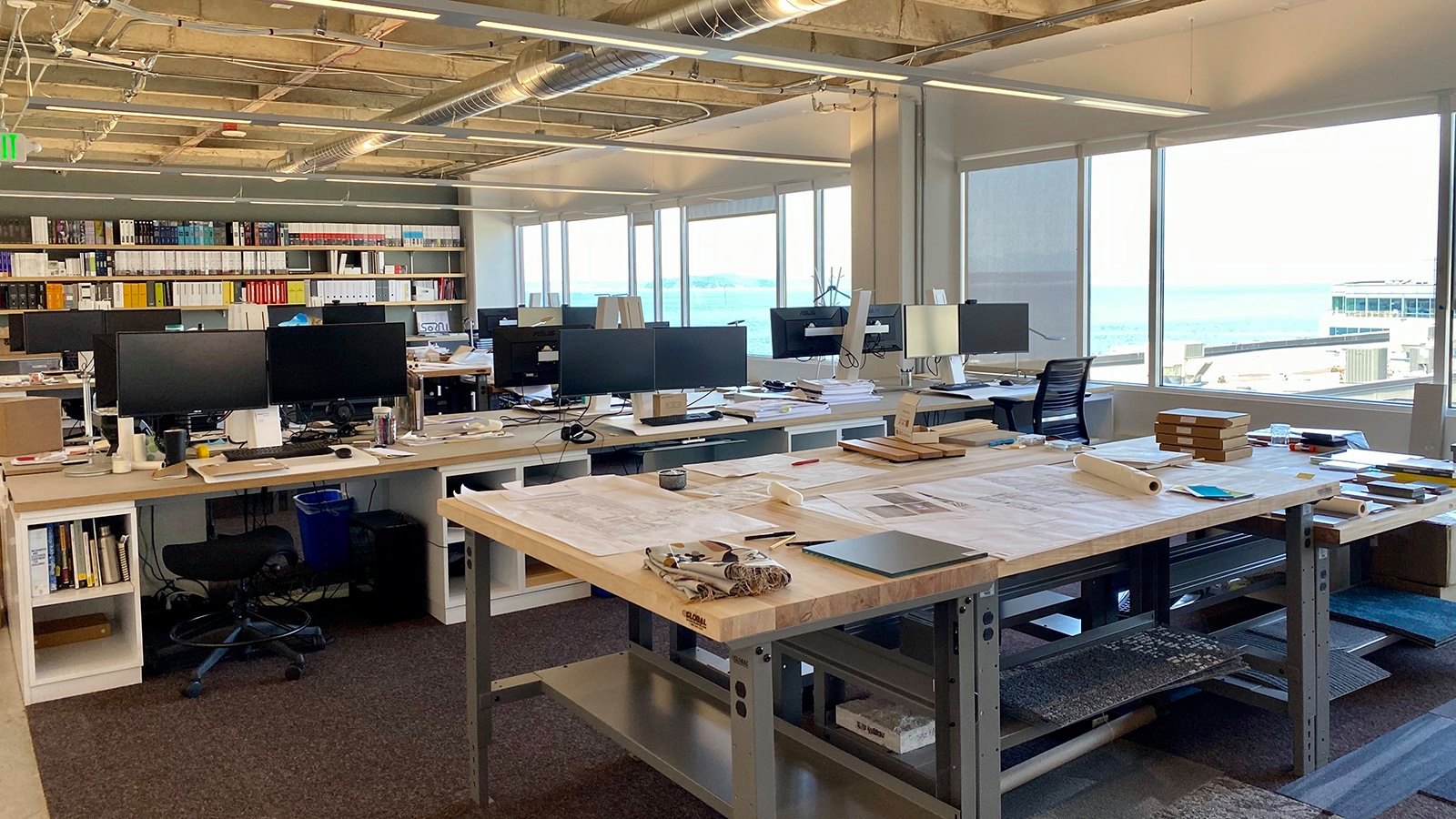
Especially hospitals or medical centers, you would need to gather a bunch of experts in the room and use multi-angles and multi-views to mitigate the risk of major shutdowns. Or at least that was what his team and the firm has been doing for years, to create happier clients and repeat business over time.
The Important Notes on Fostering an Innovative Culture
It has been more than 20 years since the first day Dr. Atul Khanzode joined DPR who is now a Technology and Innovation leader at the firm, at the same time co-manage a corporate venture group called WND Ventures with a board member Eric Lamb.
With a history at Stanford, he comes to DPR to combine its IT group, construction technologies group and innovation group under the umbrella of Technology and Innovation which he leads.
Khanzode talks about the biggest challenges to innovation throughout implementation and the mentality of innovation at the firm.
“The biggest challenge is the way projects are procured and teams are organized,” he says. As of now, technologies have matured to a point where you can use them to deliver tremendous value, specifically at the firm they like to call it ‘predictable outcomes’ to explains to clients and owners.
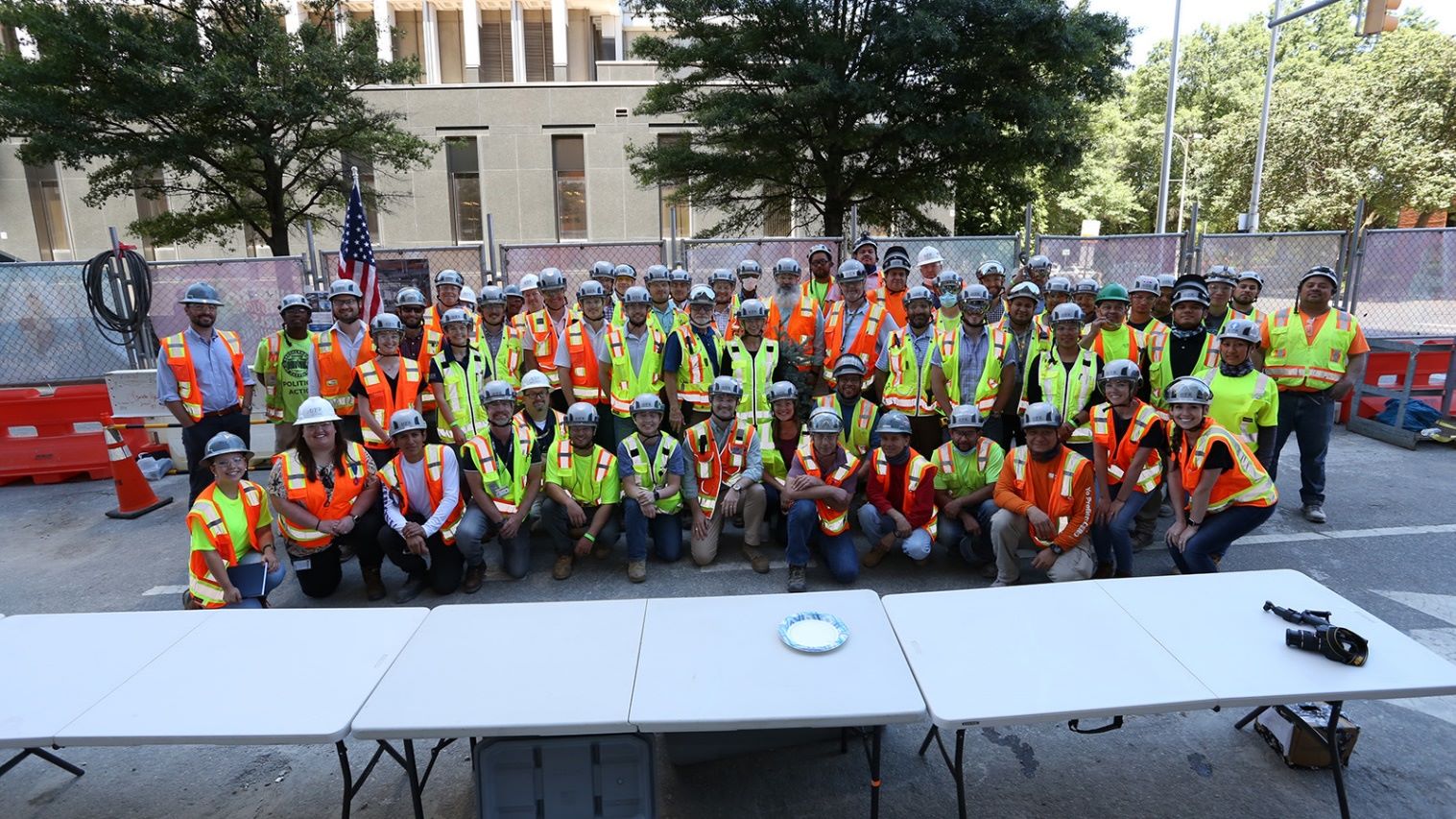
People in the industry so used to regulation and orderly process – of course it is necessary. However, it requires a different way of thinking to make the best sequel.
You need to leverage technology using an integrated process while keeping in mind a predictable outcome, like a high-performing building, for example. If you have set up a framework of integrated themes, processes, and systems to deliver exact value, you are sure seeing great results.
In the bottom lines, it is all about people and the process. You will have to deal with resistance, but that is the only way to develop the right culture. What are the two important things Khanzode and his team are trying to foster?
If you are promoting an open innovation culture, you must start by creating a capacity to foster innovation within the company. For example, at the firm, there is a funding mechanism in which anyone can apply for funding for their idea. More from that, the leader also mentions two important things he sees innovative culture is based off.
#1. Top-down and Bottom-up
Creating the capacity for a top-down/bottom-up approach. The top-down is creating the capacity and providing the funding. The bottom-up approach involves creating a supportive workplace culture. We are encouraging everyone in the company to come up with ideas that provide real value to our owners and projects.
#2. Understand the Need of Failure
The industry has been reluctant to accept failure—including safety—for the right reasons. You do not want failure when it comes to safety. But other areas, like experimenting with technology, should be open to potential failure. If some of these ideas fail, that’s okay. Creating that sort of dialogue within the company has helped us.
#3. Do Not Do It on Your Own
More from the innovation story, Khanzode says technologies such as BIM, mobility AI or data analytics have been good applicability in other industries like finance, healthcare, etc. Therefore, the general formula would be people with domain expertise partnering with technology players to solve these industry problems in a meaningful way. And that is also what the firm is trying to make best use of!
It wants to open innovation approach by partnering with startups and industry players who are developing a variety of industry solutions. “We know we can’t solve the issues on our own, but we provide value to our partners by offering pilot opportunities on our projects,” says the leader.
For instance, the firm invested in and partnered with a digital pre-fabrication company, Digital Building Components, who are using BIM and robotics to automate the metal framing process. Or VueOps, that helps building an operating system for building performance management. To Khanzode, moving forward in a meaningful way is to move along others, that’s how you lead an industry!
Exclusive Three Steps Approach to Innovation
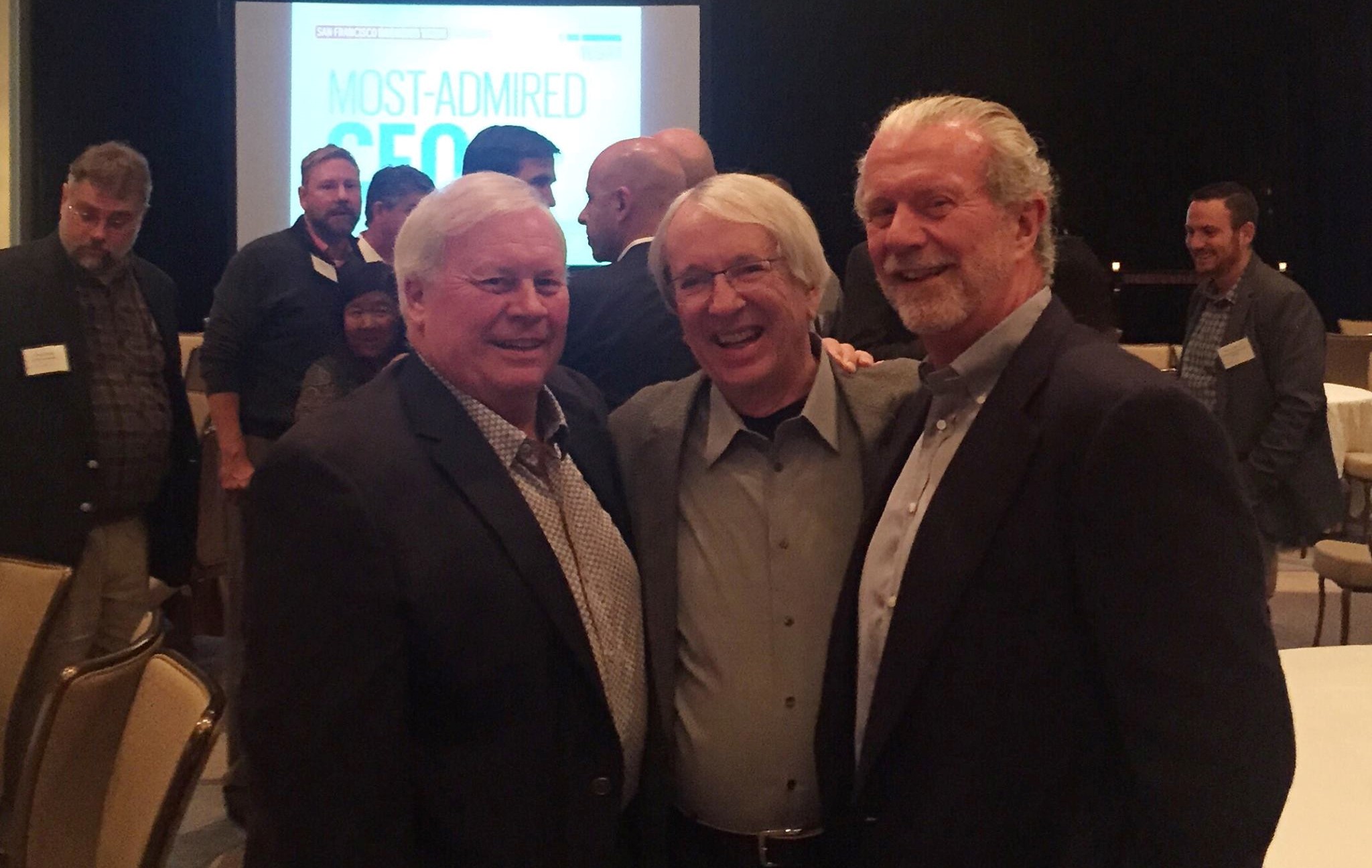
One of Dr. Khanzode’s teammate is Kaushal Diwan – the firm’s Director of Innovation. Also hold a leading position, he says it is the same to how the construction industry focuses a lot on avoiding risk and fears of failure. When it comes to trying new tech tools, even though it might take a lot of courage to fail, still you have to continue to try new things. He believes it is important that employees see success in the form of improved processes and documented return on investment, only then they begin to understand the why and how of innovation.
How New Ideas Are Handled?
AT DPR, there is an internal platform called ‘The Idea Mill’ allows ideas and opinions to run across the organization. This way the cross collaboration between disciplines and divisions helps to refine and improve those ideas on the current. Go on, when evaluating ideas to be considered for testing, Diwan and his team goes through a ‘simple framework’ process. In which stage, everybody looks at what they are trying to solve, how they are going to test, and what metrics they are going to track, says Diwan.
These are the questions he expects to be answered: By implementing this tool are we eliminating a wasteful process? Or by implementing this tool are we creating a new problem that did not exist before?
And the last process is a pilot project, where the idea will be tried on a limited basis to see if it performs as expected. Based on the result of pilot projects, the group will decide whether to adopt the project at the enterprise level or abandon the project altogether.
What Is the Secret ‘Three-Step Approach’ to Tech Adoption?
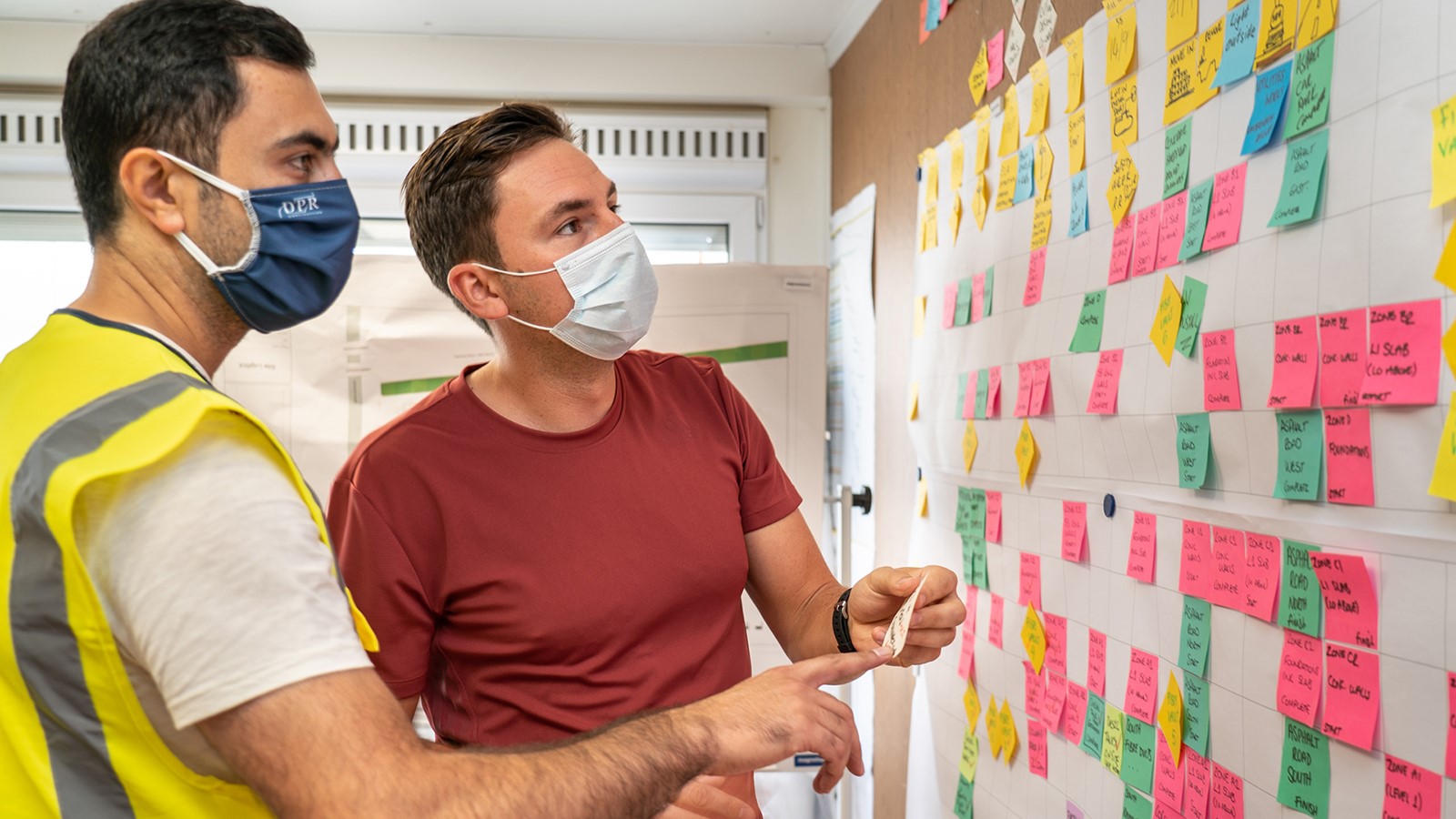
Experiencing new ideas and developing new method is one thing, however tech adoption on a large scale throughout the company is another. According to Diwan, it requires a more strategic approach, “If you don’t look at the people, process and then technology, you tend to go with what sounds cool, rather than what is right for the project.”
#1 Identify the People
Identify who is going to be using the tool or will be impacted by the tool. What is the current level of awareness and what does it need to be? Discuss about the “why” and the “how” of the new technology.
#2 Define the Process
What is the existing process you want to improve? How is the technology designed make such change? Determine if a new process needs to be in place.
#3 Adopt Technology
Find the right tool to improve the process. Projects at DPR, integration managers also serve as technical advisor. They work jointly with project teams to make sure they select the right technology tools.

